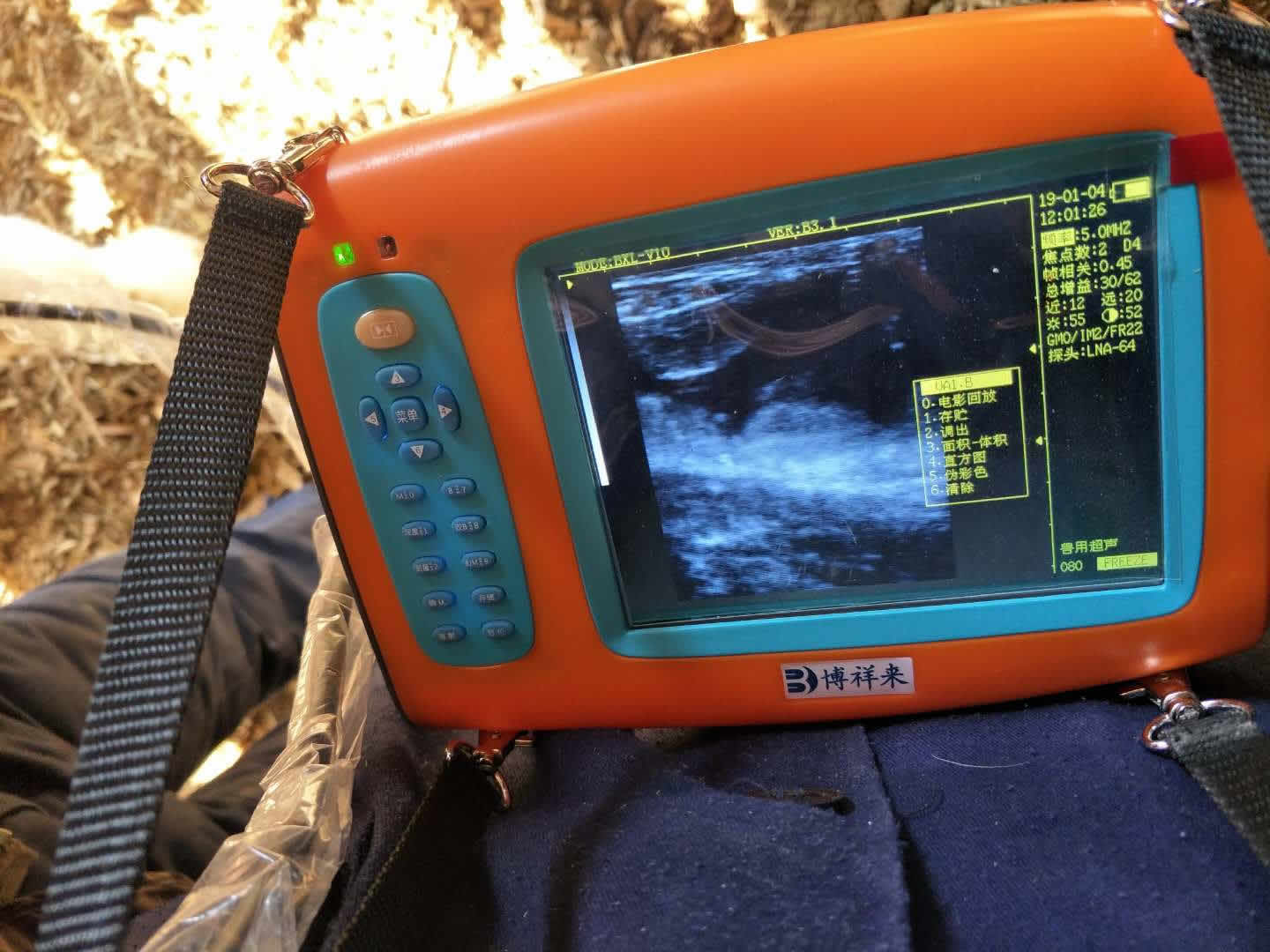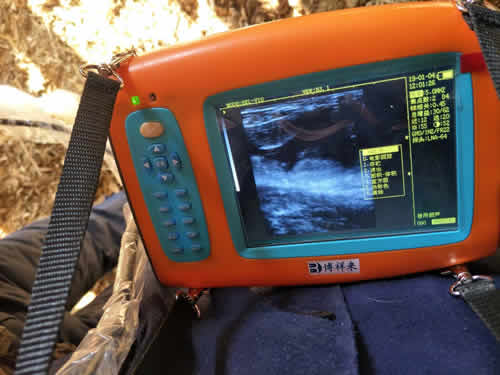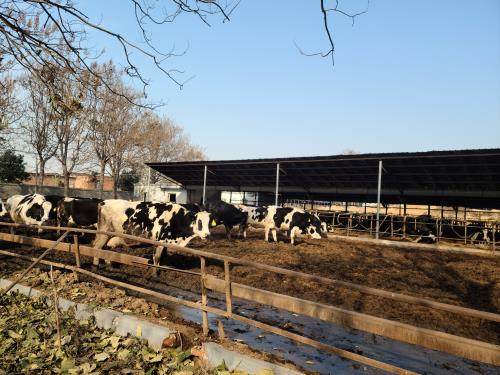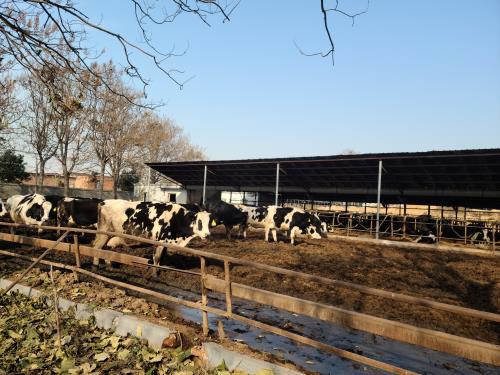The veterinary ultrasound detection technology is used in the poultry industry to evaluate the breast muscle development of chickens, ducks, geese and other poultry. The following are the brief steps and principles of using ultrasound to detect chicken, duck, and goose pectoral muscles:

Ultrasound detection is a non-invasive imaging technique that forms images of the internal structure of animal bodies through the reflection of ultrasound waves. Ultrasound penetrates the pectoral muscle tissue and reflects back at tissue interfaces of different densities and structures. The receiver captures these reflected waves and converts them into images to evaluate the thickness and quality of the pectoral muscles.

step
1. Preparation work:
-Equipment preparation: Calibrate the ultrasonic equipment to ensure it is in good working condition.
-Animal preparation: Select healthy chickens, ducks, and geese, mark the testing site, usually in the middle of the chest.
-Shaving or removing feathers: Remove feathers from the testing area to ensure good contact between the ultrasound probe and the skin.
2. Application of ultrasonic gel:
-Apply an appropriate amount of ultrasonic gel on the tested part to eliminate the air interface and ensure the effective transmission of ultrasonic.
3. Testing process:
-Place the ultrasonic probe on the detection part coated with gel, and adjust the angle and pressure of the probe to obtain a clear image.
-Observe and record images of chest muscles through the device's display screen.
-Repeat the operation to detect different individuals and multiple parts to obtain comprehensive data.
4. Data analysis:
-Analyze the collected ultrasound images and measure parameters such as chest muscle thickness, area, and volume.
-Compare the differences between individuals and varieties, and evaluate the development of chest muscles.
5. Record and report:
-Record the detection data and summarize the analysis results.
-Generate testing reports for decision-making in feeding management and variety selection.
advantage
-Non invasive testing: No need to anesthetize or dissect animals, reducing stress reactions.
-Fast and efficient: Real time data acquisition, suitable for large-scale detection.
-Accurate and reliable: capable of accurately measuring chest muscle thickness and volume, providing scientific basis for breeding and feeding.
matters needing attention
-Proficiency in operation: Operators need to undergo training and be proficient in equipment use and testing techniques.
-Equipment maintenance: Regularly calibrate and maintain equipment to ensure detection accuracy.
-Environmental control: Conduct testing in a constant temperature, low-noise environment to reduce external interference.
The development trend of using ultrasound to detect poultry breast muscles is gradually becoming popular, and due to its high efficiency, non invasiveness, and accuracy, it has become an important tool in the poultry industry.








